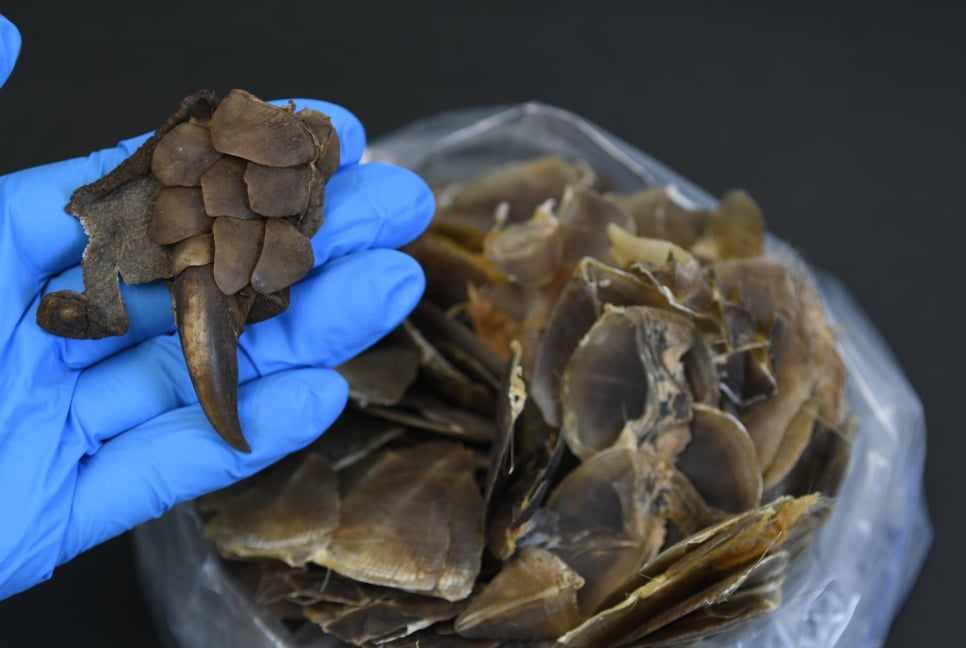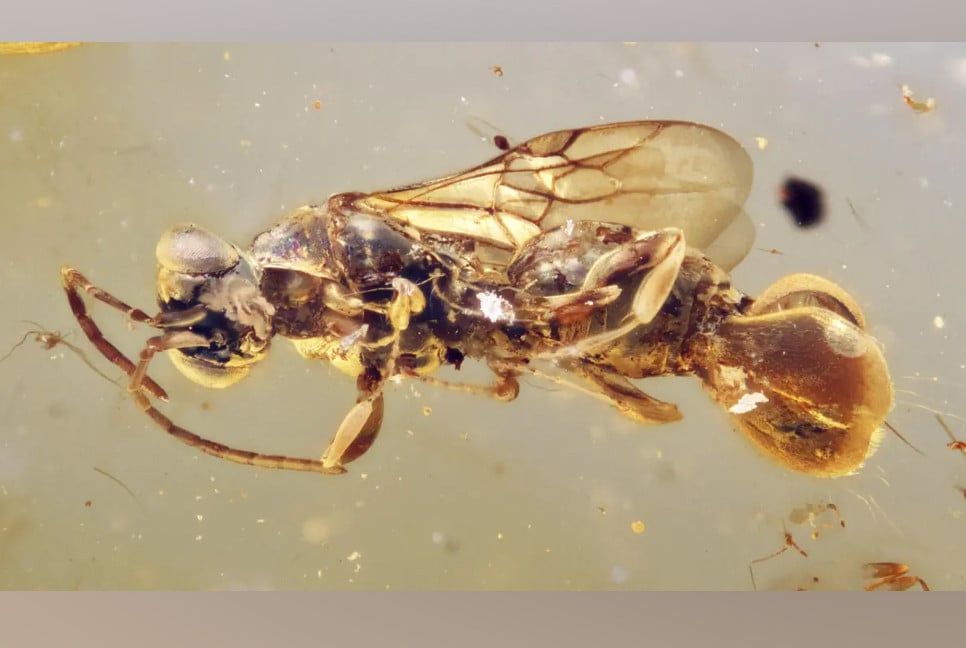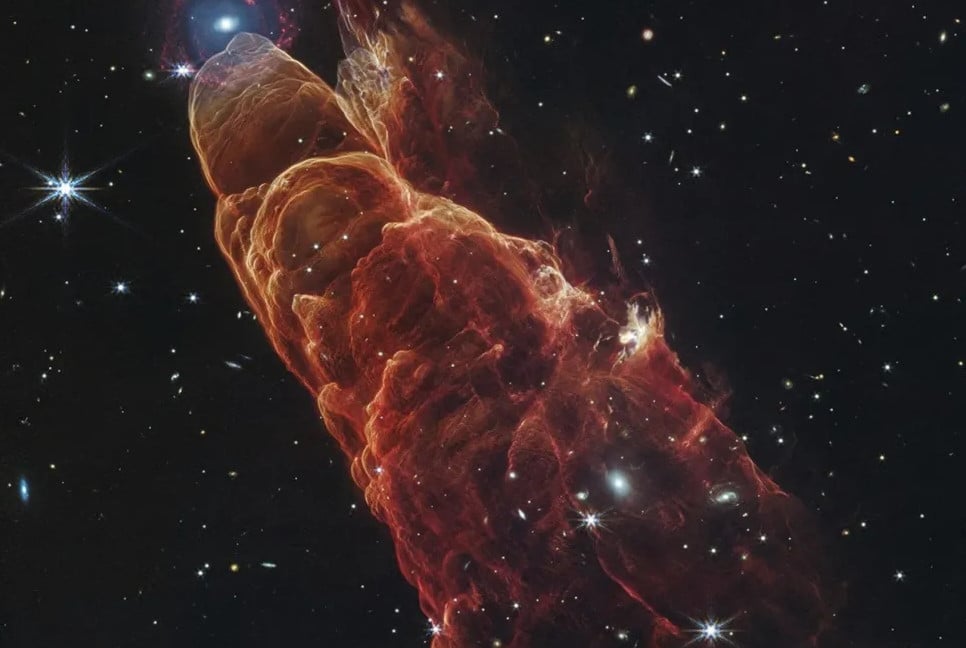The small, scaly, and highly endangered pangolin has been kept a secret: it comprises not eight species but nine, with a new one discovered through analysis of confiscated scales, reports BSS.
Scientists previously believed there were four Asian and four African varieties of the shy, nocturnal creature, which is often described as the world's most trafficked mammal.
However, even as the species was discovered, there are signs it may be disappearing, according to research published Tuesday in the journal Proceedings of the National Academy of Sciences.
Pangolin scales are coveted for use in traditional medicine, despite being made of keratin, just like fingernails, and the diminutive creature is also hunted for its meat.
More than a million are believed to have been poached from the wild in the decade to 2014, according to conservationists, and all international trade has been banned since 2016.
Despite its elusive nature, there have been suggestions before that the pangolin family might be bigger than believed.
Analysis of 27 scales confiscated in Hong Kong in 2012 and 2013 suggested a lineage unrelated to the eight known species.
But only limited gene fragments were available, and no definitive conclusion could be reached.
Picking up that trail, researchers analysed scales from two confiscations in China's Yunnan province in 2015 and 2019 and compared them against whole genome data from all previously known species.
They found a lineage "distinct from all eight currently known pangolin species", with signs it belonged to the Asian or "Manis" branch of the pangolin family.
They assigned the new species the tentative name "Manis mysteria" in a nod to its enigmatic nature and found it likely diverged from the Philippine and Malayan pangolin species about five million years ago.
The newly described animal's existence only came to light through samples seized from traffickers, and the research suggests the new species is already under pressure.
Analysis "showed genomic signatures of a declining population, including the relatively low genetic diversity when compared to other pangolins... (and) high levels of inbreeding and genetic load".
Just where Manis mysteria roams remains... something of a mystery.
Asian pangolins arriving in Hong Kong and Yunnan are believed to mostly originate in Southeast Asia.
But because the new species does not look very different from its Asian cousins, it may well have been overlooked in the wild.
It could also have escaped notice because it lives in an understudied region, or simply because pangolins tend to be hard to find.
Regardless, the findings suggest the "urgent need" for more research, as well as "effective strategies for this mysterious species", the study said.
Bd-pratidin English/Tanvir Raihan

























































